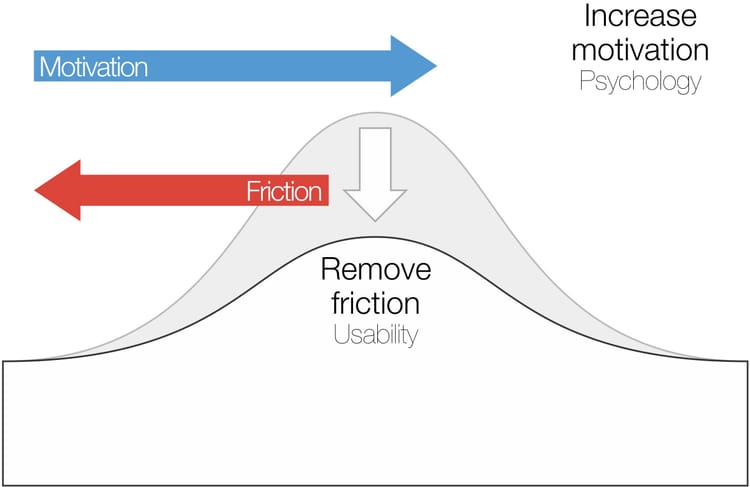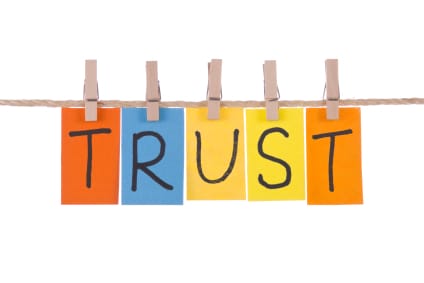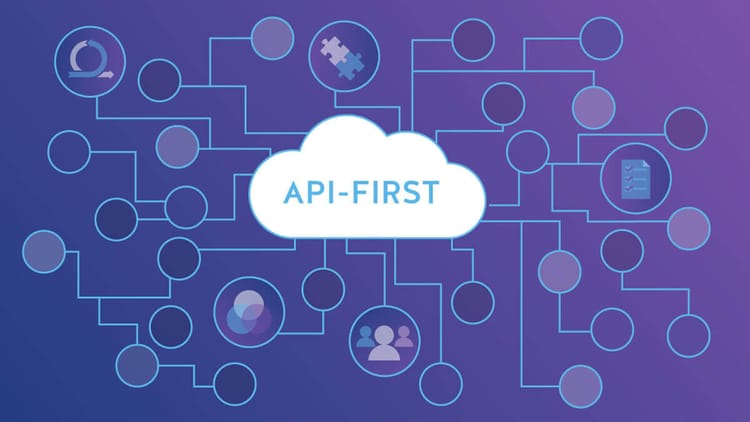Beware of "Barney" Partnerships

"I love you, you love me,
We're a happy family" - Barney
I once worked with a colleague who often said to me "beware of 'Barney' partnerships!". When I asked what that meant, he explained that they are "partnerships where everyone says they love each other, but never go anywhere!".
Partnerships can be a great way to grow your business, reach new customers, and gain access to new markets. However, not all partnerships are created equal. If you're not careful, you could end up wasting your time and resources on a partnership that doesn't deliver any value.
Here are some red flags to watch out for when considering investing in a partnership:
- The executives need to meet before any work gets done.
This can be a sign that the partnership is more about politics than about actually getting things done. If the executives can't agree on the terms of the partnership, it's unlikely that the rest of the organization will be able to either. - No resources have been allocated yet.
This is another sign that the partnership is not a priority. If the company is not willing to invest resources in the partnership, it's unlikely that they're serious about making it work. - The focus is on a single joint-customer.
If the partnership is only focused on one customer, it's a risky proposition. Some Enterprise SaaS companies have a high focus on their top 10 customers, but successful partnerships should be broader in nature. - The ask is to start with a press release.
This is a red flag that the company is more interested in publicity than in actually building a partnership. A press release is not a substitute for integrations, innovation, hard work and results. - The focus is on a product that does not exist yet.
This is a risky proposition because there is no guarantee that the product will ever be successful (or even launch). If the product fails, the partnership will be a failure as well. It is also challenging to build a partner plan around a product launch, that is also a moving target. - There is no data to show existing or future customer demand.
Partnerships should always be guided by data. If there are no clear signals that customers would value the results of a joint initiative, what is the point?
If you see any of these red flags, it's best to serious consider the value of the partnership. Partnerships can be a great way to grow your business, but they're not worth the risk if they're not going to deliver any value.
Here are some tips for avoiding these pitfalls and finding a successful partnership:
- Do your research. Before you enter into any partnership, make sure you do your research and understand the company you're partnering with. This includes understanding their business goals, their target market, and their financial situation.
- Be clear about your expectations. Before you sign any paperwork, make sure you're clear about your expectations for the partnership. What do you hope to achieve? What are your goals? What are your responsibilities?
- Monitor the partnership closely. Once the partnership is underway, it's important to monitor it closely to make sure it's meeting your expectations. If there are any problems, address them promptly.
By following these tips, you can avoid the dangers of wasting resources in a partnership that does not deliver any value.
"There is no greater harm than that of time wasted." - Michelangelo
If you enjoyed this piece, please share it. Thanks. 🙏




